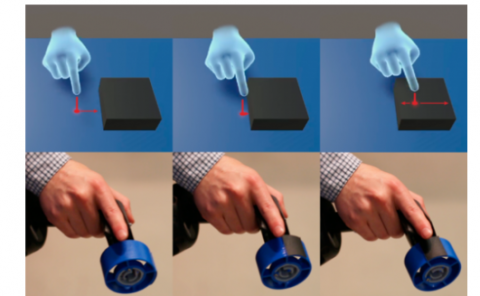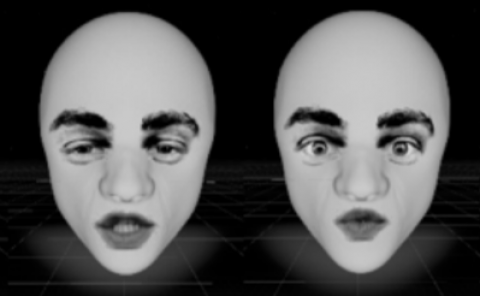Sound Field Translation and Mixed Source Model for Virtual Applications with Perceptual Validation
PubDate: Jul 2020
Teams: The Australian National University;Facebook Reality Labs
Writers: Lachlan Birnie (1), Thushara Abhayapala (1), Vladimir Tourbabin (2), Prasanga Samarasinghe
PDF: Sound Field Translation and Mixed Source Model for Virtual Applications with Perceptual Validation

Abstract
Non-interactive and linear experiences like cinema film offer high quality surround sound audio to enhance immersion, however the listener’s experience is usually fixed to a single acoustic perspective. With the rise of virtual reality, there is a demand for recording and recreating real-world experiences in a way that allows for the user to interact and move within the reproduction. Conventional sound field translation techniques take a recording and expand it into an equivalent environment of virtual sources. However, the finite sampling of a commercial higher order microphone produces an acoustic sweet-spot in the virtual reproduction. As a result, the technique remains to restrict the listener’s navigable region. In this paper, we propose a method for listener translation in an acoustic reproduction that incorporates a mixture of near-field and far-field sources in a sparsely expanded virtual environment. We perceptually validate the method through a Multiple Stimulus with Hidden Reference and Anchor (MUSHRA) experiment. Compared to the planewave benchmark, the proposed method offers both improved source localizability and robustness to spectral distortions at translated positions. A cross-examination with numerical simulations demonstrated that the sparse expansion relaxes the inherent sweet-spot constraint, leading to the improved localizability for sparse environments. Additionally, the proposed method is seen to better reproduce the intensity and binaural room impulse response spectra of near-field environments, further supporting the strong perceptual results.


